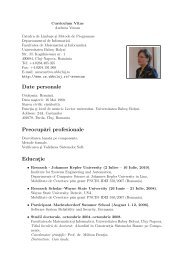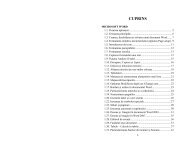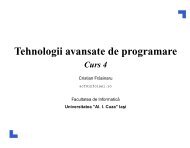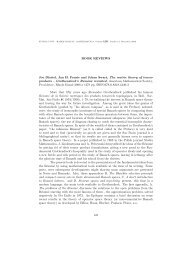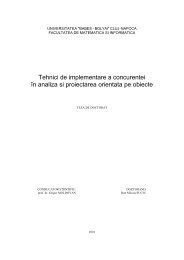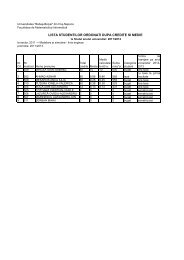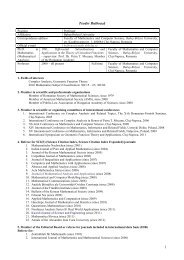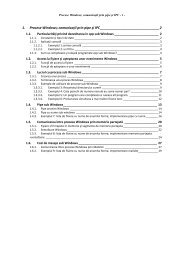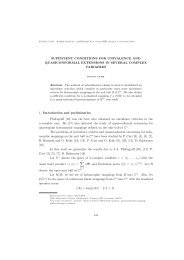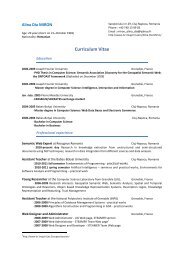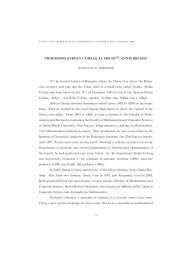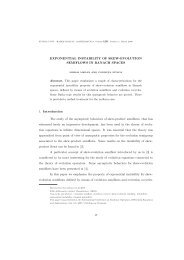CONTENTS
CONTENTS
CONTENTS
Create successful ePaper yourself
Turn your PDF publications into a flip-book with our unique Google optimized e-Paper software.
KNOWLEDGE ENGINEERING: PRINCIPLES AND TECHNIQUES<br />
Proceedings of the International Conference on Knowledge Engineering,<br />
Principles and Techniques, KEPT2009<br />
Cluj-Napoca (Romania), July 2–4, 2009, pp. 189–193<br />
COMDEVALCO FRAMEWORK - PROCEDURAL AND MODULAR<br />
ISSUES<br />
B. PÂRV, I. LAZĂR, S. MOTOGNA, I-G. CZIBULA, C-L. LAZĂR(1)<br />
Abstract. This work is part of a series referring ComDeValCo - a framework for<br />
Software Component Definition, Validation, and Composition. Its constituents<br />
are: a modeling language, a component repository and a set of tools. The current<br />
paper describes the status of the project after implementing procedural and<br />
modular concepts.<br />
1. Introduction<br />
UML 2.0 introduced the action semantics, aimed to help the construction of<br />
executable models [3]. The behavior of such models is completely defined down to<br />
statement level, making possible their construction and execution by tools able to<br />
interpret UML 2.0 semantics.<br />
Unfortunately, this important breakthrough did not increased the use of UML<br />
models in the software development process. The main reasons are at least the following:<br />
(1) UML is too general (being unified) and its semantics contains extension<br />
points deferred to the concrete use of the language; (2) the construction of detailed<br />
models (down to statement level) with existing tools is too dificult, these tools being<br />
too general and (3) there is a lack of (agile) mature development processes based on<br />
executable models.<br />
The above premises were the starting point of the ComDeValCo project: a<br />
framework for component definition, validation, and composition. Its constituents<br />
are: a modeling language, a component repository, and a set of tools.<br />
The software component model is described by an platform-independent modeling<br />
language. Component repository represents the persistent part of the framework,<br />
containing the models of all full validated components. The toolset is intended<br />
to automate many tasks and to assist developers in performing component definition<br />
(DEFCOMP) and V & V (VALCOMP, SIMCOMP), maintenance of component<br />
repository (REPCOMP), and component assembly (DEFSYS, VALSYS, SYMSYS,<br />
GENEXE).<br />
2000 Mathematics Subject Classification. 68N30.<br />
Key words and phrases. Software component, Modeling languages and tools, Component repository,<br />
Component definition, Component validation, Component assembly.<br />
189<br />
c○2009 Babe¸s-Bolyai University, Cluj-Napoca



